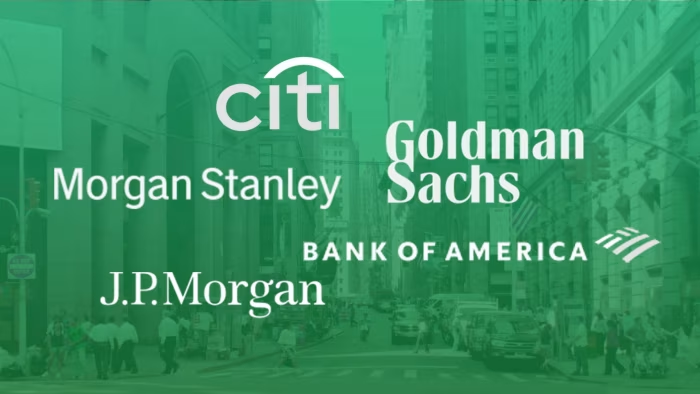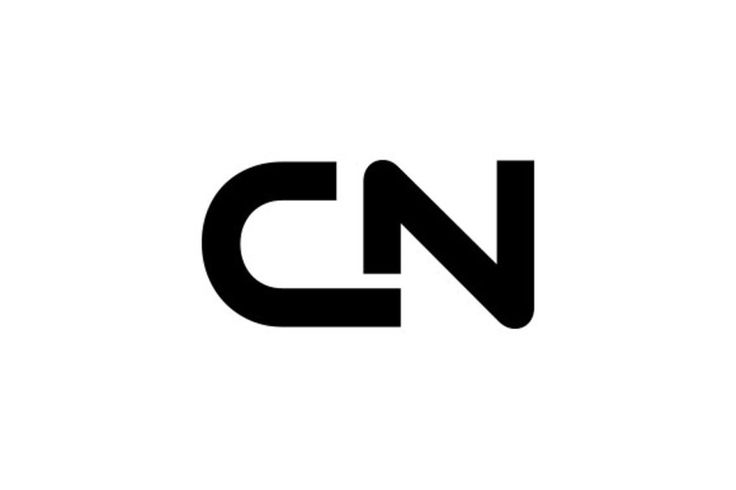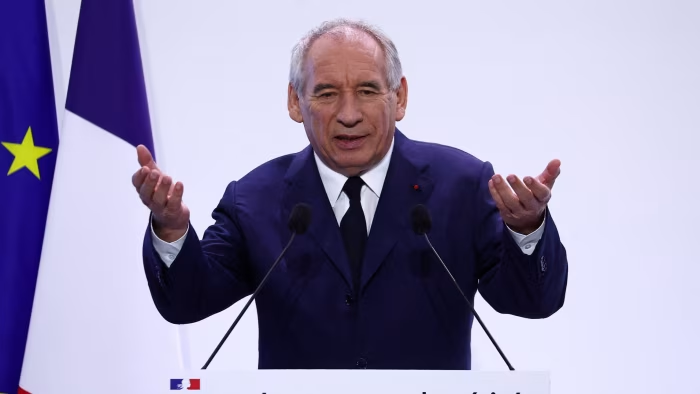Investment Banking on Track for Worst Streak in Over a Decade

Overview & Context
Investment banking—the engine of Wall Street advisory revenue—is enduring its bleakest streak since at least 2014. For the 14th consecutive quarter, it is contributing less than 25 percent of total revenues at the five largest U.S. banks: JPMorgan, Bank of America, Citigroup, Goldman Sachs, and Morgan Stanley. During the same period, trading revenue has ballooned to an estimated $31 billion, more than four times the expected $7.5 billion from investment banking .
Why the Shortfall?
• Deal drought: Mergers, acquisitions, and equity issuances collapsed after the 2021 market frenzy.
• High interest rates & global instability (Ukraine, Middle East tensions, U.S. tariffs) have increased volatility—helping trading but stifling deal-making .
• Banks are cautious: With no rebound expected in 2025, revenues are hinged on potential equity issuance later in the year—a recovery that remains uncertain .
Bank-by-Bank Breakdown
- Trading vs Banking: Trading revenues are up ~10% year-on-year.
- Earnings outlook: Net income for the “big six” banks may decline 13%, with JPMorgan seen plunging ~30%—partly due to fewer one-off gains .
What It Means
- Margin pressure: Investment banking is prized for being capital-light and high-margin. Persistent underperformance is a long-term red flag for profitability.
- Mixed investor signals: Despite the slump, markets appear optimistic—Goldman’s stock topping $700 suggests expectations of recovery .
- Market shift: The same forces driving trade volatility could ease, lifting deal activity—but stronger dealmaking might also reduce trading profits .
Looking Ahead
Reports due mid-July from JPMorgan and Citigroup (July 15) and BofA, Goldman, Morgan Stanley (July 16) will put fresh numbers on this trend. The key question remains: is investment banking permanently weaker or simply in a deep cyclical trough?





